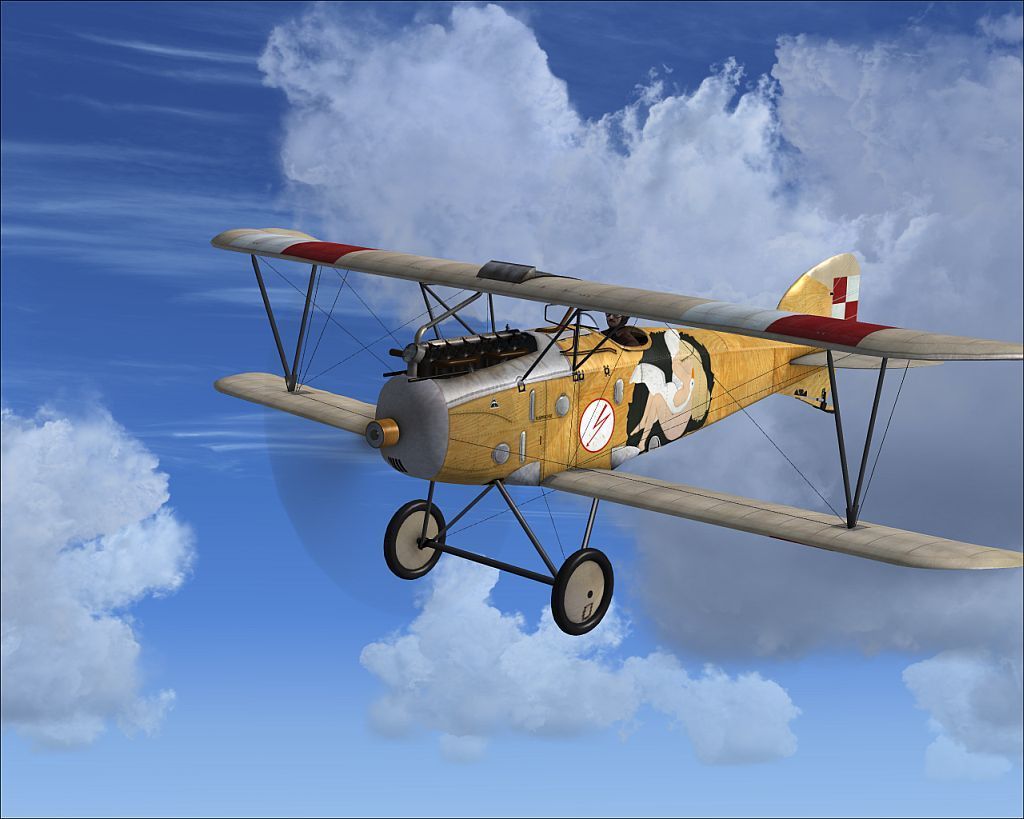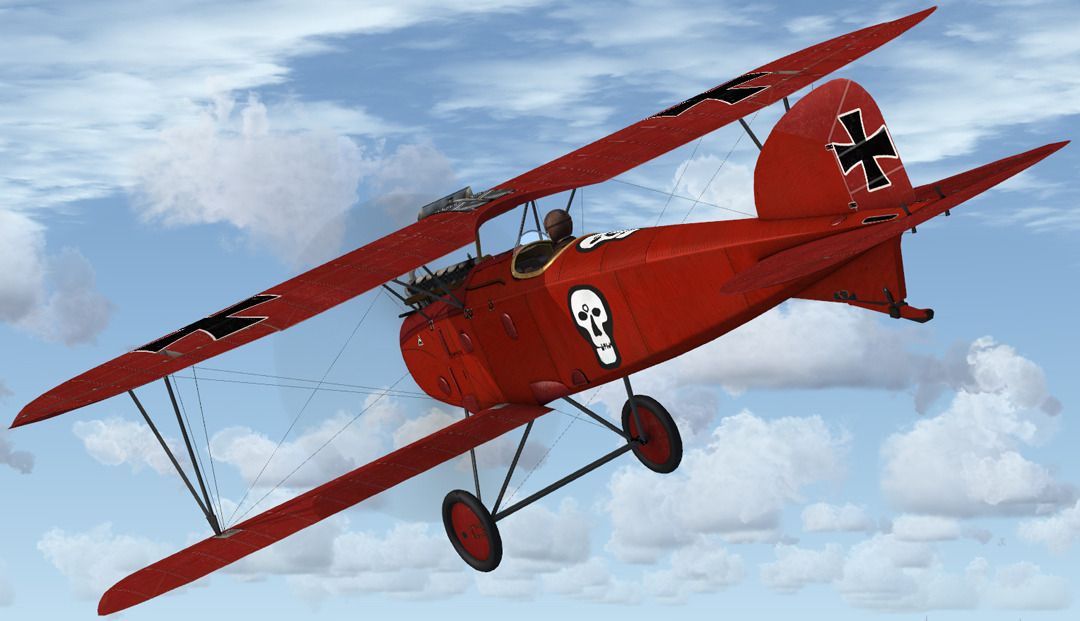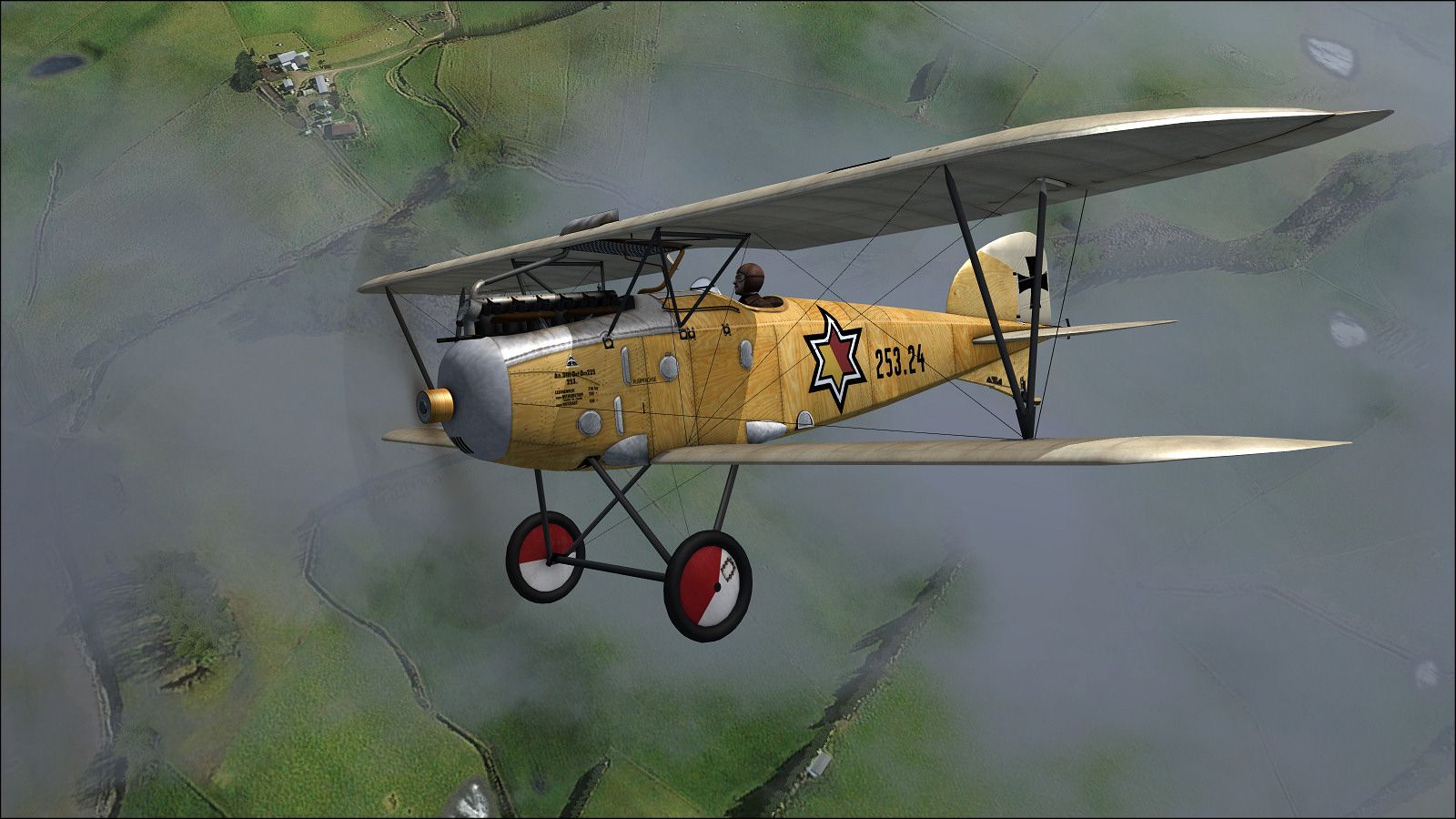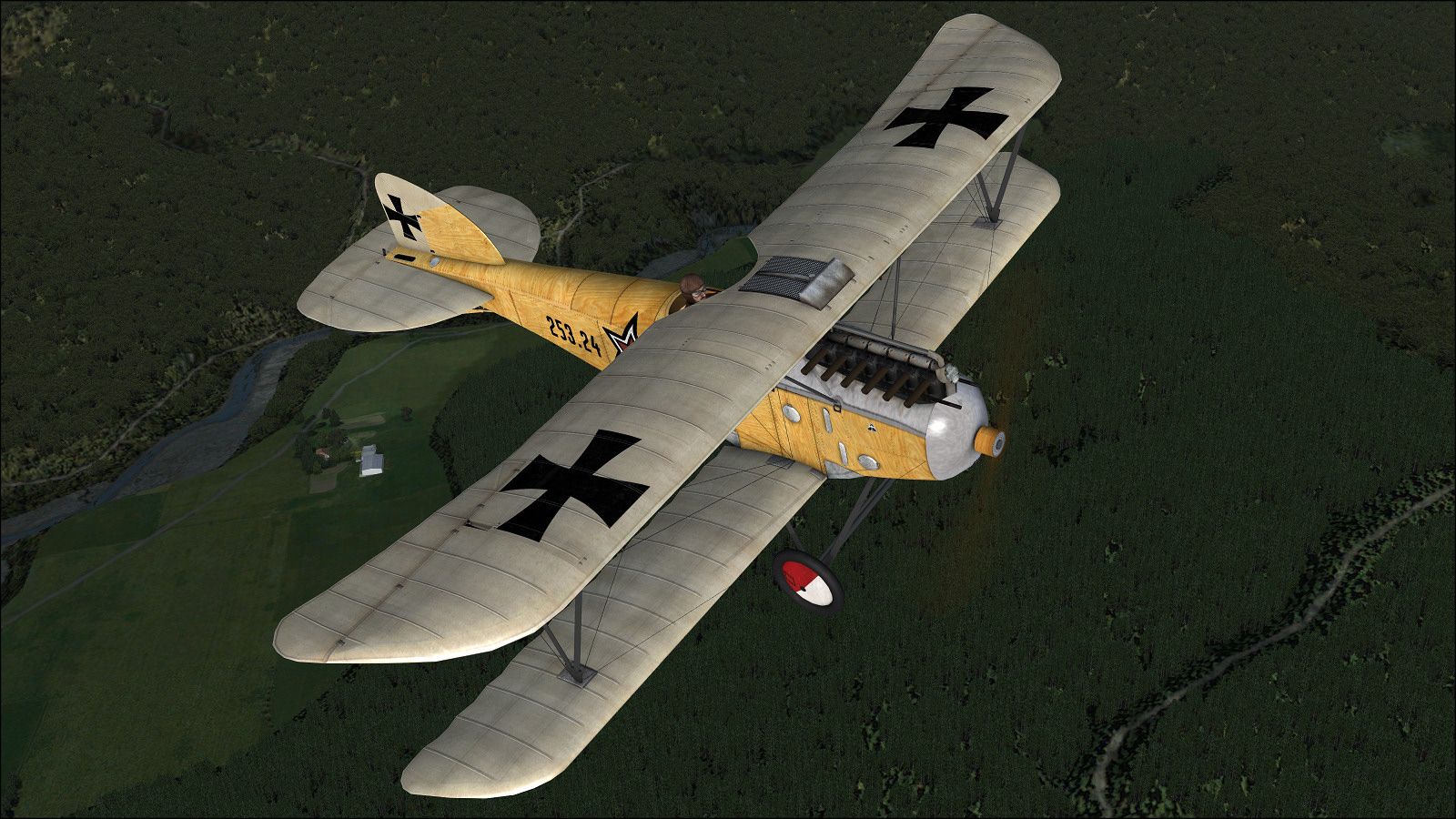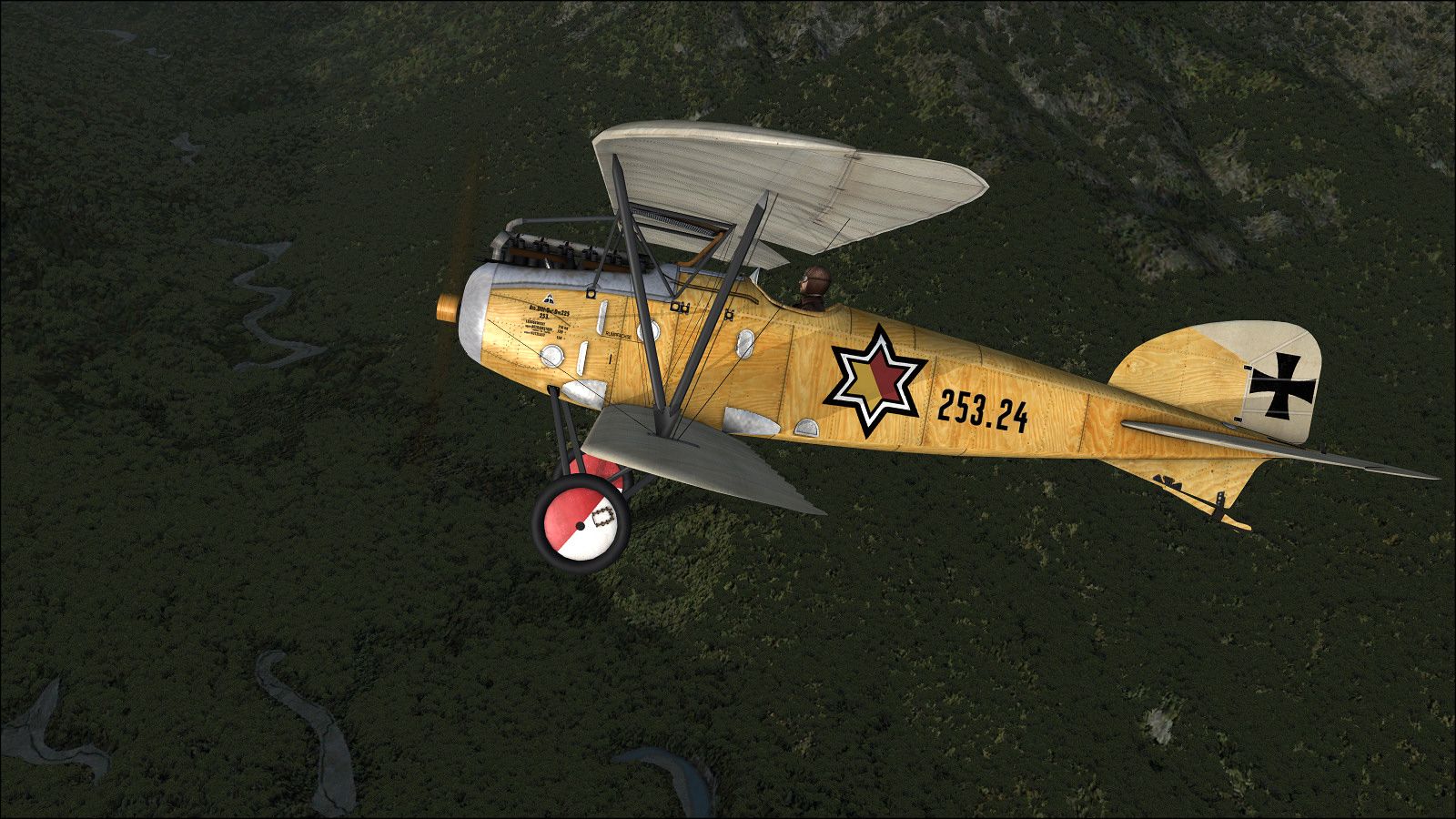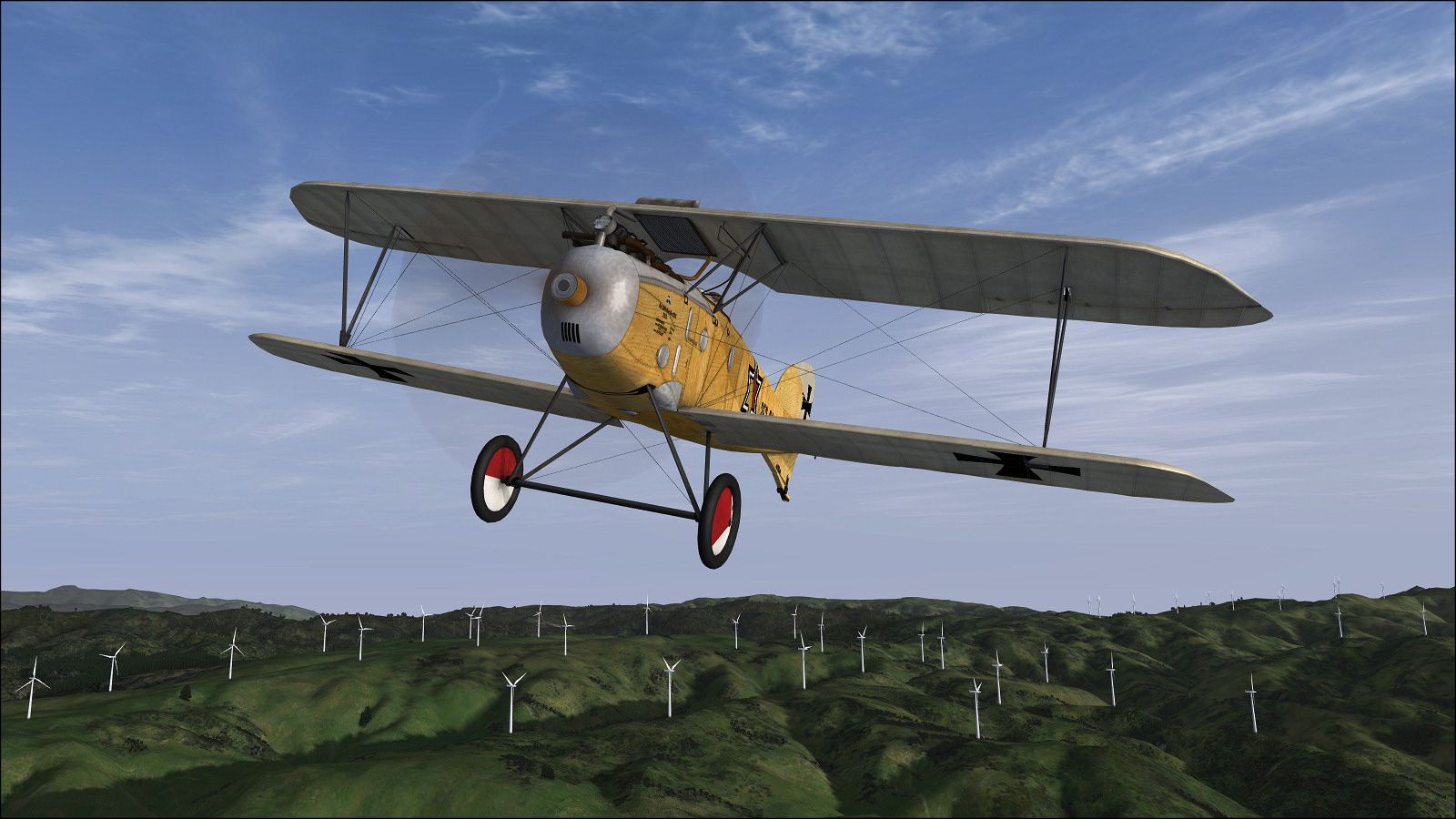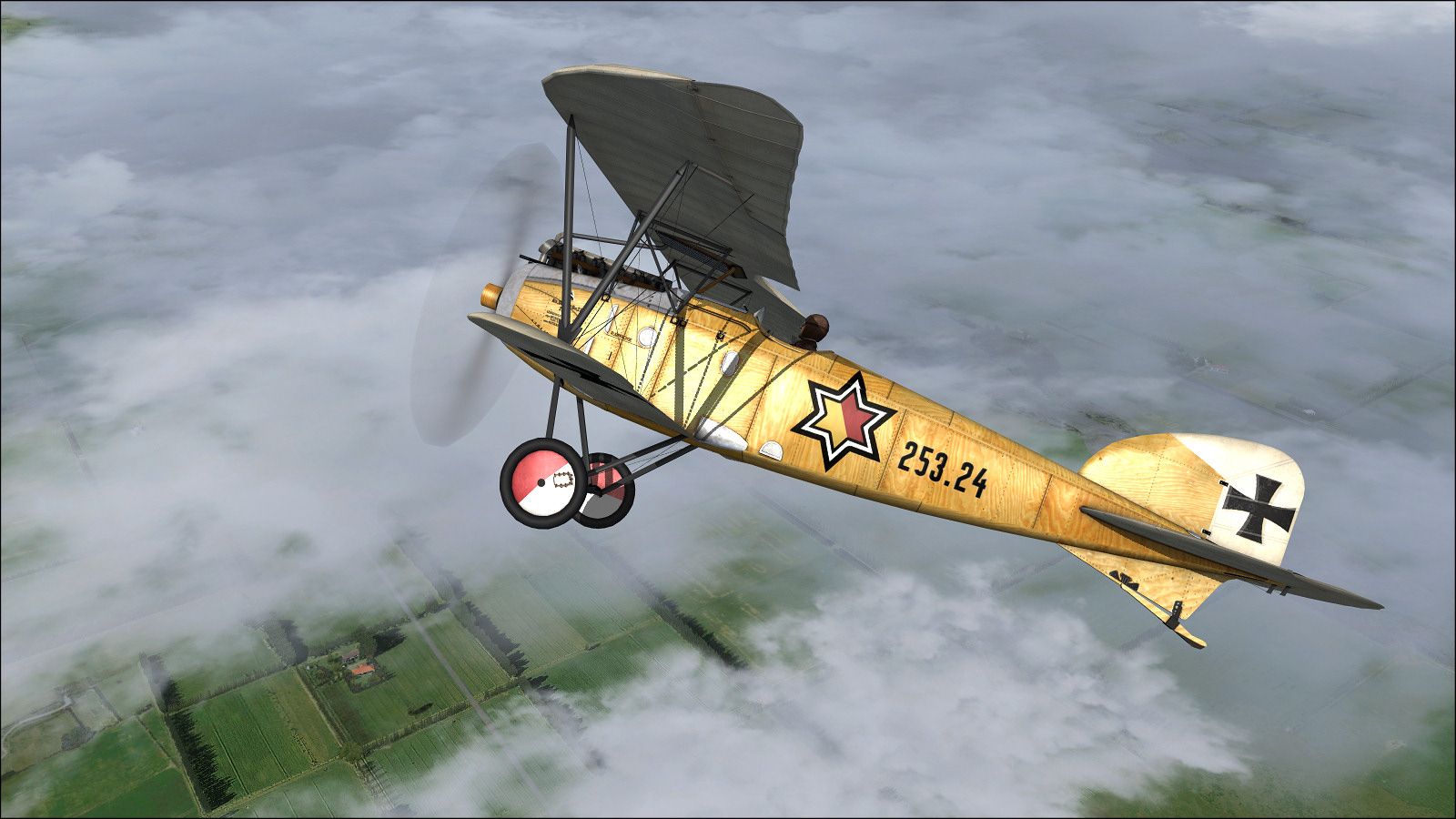You mean how the plane was started ?
I am not sure about priming this engine (I read from some memoirs that unexperienced ground crews were pouring fuel through the exhaust pipes, lol). Once the priming was done, the pilot had to provide air pressure in the fuel tank to "push" the fuel through the lines and the prop was rotated. Inside the cockpit, the pilot had magneto switch and a hand starter. When the prop was being moved, he had to rotate the handle to start the ignition.
In general - the Central Powers planes had many "custom" installations. Many cockpit instruments were placed in a different locations. Some were equipped with additional gauges, some not.
During the WW1 you did not have cylinder heat temperature or oil temperature gauges. Instead of it you had water temperature gauge connected to the radiator line. If the water temp was cool, you had to change your engine management or close the radiator shutters to increase it. Low water temp meant the cold engine and the risk of overcooling. Most of the WW1 engines had pretty low compression ratio - something between 4,5:1 or 5,0:1. High compression engines, reaching about 200HP had a ratio of 5,5:1 or even more. The high compression, altitude engine, the BMW D.IIIa which used high octane fuel mixed with benzoleum had a compression about 7,5:1. In that times that was a lot! It was installed mostly in the famous Fokker D.VIIF
Lucas
I am not sure about priming this engine (I read from some memoirs that unexperienced ground crews were pouring fuel through the exhaust pipes, lol). Once the priming was done, the pilot had to provide air pressure in the fuel tank to "push" the fuel through the lines and the prop was rotated. Inside the cockpit, the pilot had magneto switch and a hand starter. When the prop was being moved, he had to rotate the handle to start the ignition.
In general - the Central Powers planes had many "custom" installations. Many cockpit instruments were placed in a different locations. Some were equipped with additional gauges, some not.
During the WW1 you did not have cylinder heat temperature or oil temperature gauges. Instead of it you had water temperature gauge connected to the radiator line. If the water temp was cool, you had to change your engine management or close the radiator shutters to increase it. Low water temp meant the cold engine and the risk of overcooling. Most of the WW1 engines had pretty low compression ratio - something between 4,5:1 or 5,0:1. High compression engines, reaching about 200HP had a ratio of 5,5:1 or even more. The high compression, altitude engine, the BMW D.IIIa which used high octane fuel mixed with benzoleum had a compression about 7,5:1. In that times that was a lot! It was installed mostly in the famous Fokker D.VIIF
Lucas

